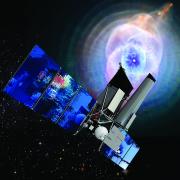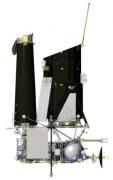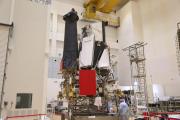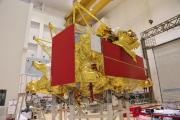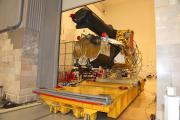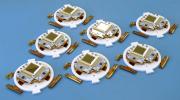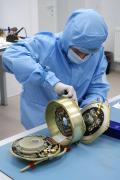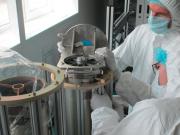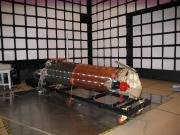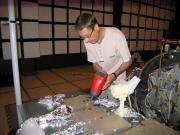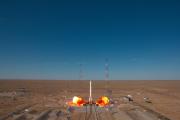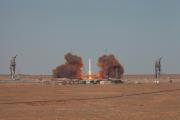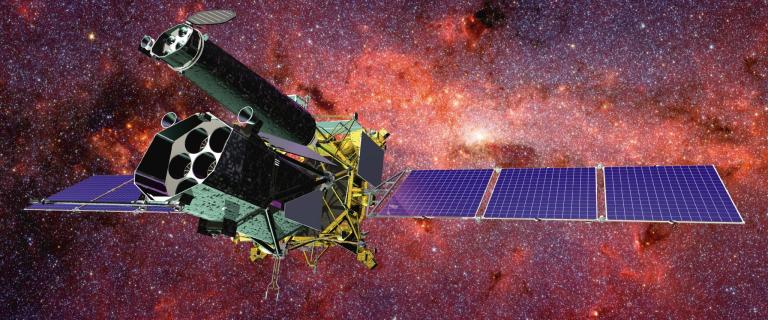
Spektr-Rentgen-Gamma (Spektr-RG, SRG) — space astrophysical observatory to study the Universe in the X-ray range of electromagnetic radiation.
The observatory bears two unique X-ray mirror telescopes: Mikhail Pavlinsky ART-XC (Russia) and eROSITA (Germany).
The Spektr-RG space observatory was developed within the Russian Federal Space Program (section Fundamental Space Research), at the request of the Russian Academy of Sciences, with the participation of Germany. The agreement between the Russian Federal Space Agency (Roscosmos) and the German Aerospace Center (DLR) on the cooperation in the Spektr-Rentgen-Gamma orbital astrophysical observatory project was signed on August 18, 2009 at the MAKS International Airshow.
Scientific Goals
- to make all-sky survey in the X-ray energy band 0.3-11 keV with unprecedented sensitivity;
- to study in details selected astrophysical objects in the three-axis stabilization mode in the energy band up to 30 keV
Mission Overview
A detailed X-ray map of the Universe, which include large clusters of galaxies and active galactic nuclei, is necessary to answer the most urgent questions of cosmology: what effect did dark energy and dark matter have on the formation of the large-scale structure of the Universe throughout its history and how did supermassive black holes evolve on cosmological timescales?
The observatory is expected to discover throughout its operation about a hundred thousand massive galaxy clusters (actually, all such objects in the observable part of the Universe), about three million supermassive black holes in the centres of galaxies, hundreds of thousands of stars with active coronae and accreting white dwarfs, tens of thousands of star-forming galaxies and many other objects, including those of unknown nature. Also, properties of hot interstellar and intergalactic plasma will be thoroughly investigated.
The Spektr-RG observatory includes two unique X-ray mirror telescopes: Mikhail Pavlinsky ART-XC and eROSITA, both using the principle of oblique-incidence X-ray optics. Energy of X-ray photons is very high. In order to reflect from a mirror surface they have to hit it at a very small angle. Therefore, the X-ray mirrors are elongated, and in order to increase the number of registered photons, inserted into each other, thus obtaining a mirror system of several shells. The instruments are mounted on the Navigator platform developed by the Lavochkin Association. The total mass of the spacecraft is about ~2200 kg.
Scientific Instruments
- The eROSITA X-ray telescope with a grazing incidence optics. The telescope consists of 7 mirror modules each including 54 X-ray mirrors. The energy band is 0.3-11 keV. Leading organization: Max Planck Institute for Extraterrestrial Physics (Max-Planck-Institut fuer Extraterrestrische Physik, MPE), Germany
- Mikhail Pavlinsky ART-XC X-ray telescope with a grazing incidence optics. The telescope consists of 7 mirror systems, each with 28 mirror shells. Energy range is 5-30 keV. Leading organization: Space Research Institute of Russian Academy of Sciences in cooperation with Russian Federal Nuclear Center - All-Russian Research Institute of Experimental Physics (Sarov) and NASA Marshall Space Flight Center, USA.
Since September 2020, the ART-XC telescope was named after Mikhail N. Pavlinsky (1959–2020), its founder and first Principal Investigator of the telescope, deputy PI of the project Spektr-RG, deputy director of IKI, head of the Department of High Energy Astrophysics.
Spektr-RG moves along a so-called halo orbit around the outer Lagrange point (L2) of the Sun-Earth system at a distance of 1.5 million km from the Earth with a period of about 6 months. The observatory, rotating around its axis that roughly corresponds to the direction to the Sun, can make a complete survey of the celestial sphere in six months, with the Sun constantly outside of the field of view. In 4 years, scientists will obtain data from 8 surveys of the entire sky.
According to the agreement between the Federal Space Agency (Roscosmos) and the German Aerospace Center (DLR), scientific data from SRG/eROSITA telescope from one half of the sky belong to German scientists, and from the other half to the scientists in Russia. The zero meridian in galactic coordinates was selected as the boundary. All data from Mikhail Pavlinsky ART-XC telescope belong to Russian scientists.
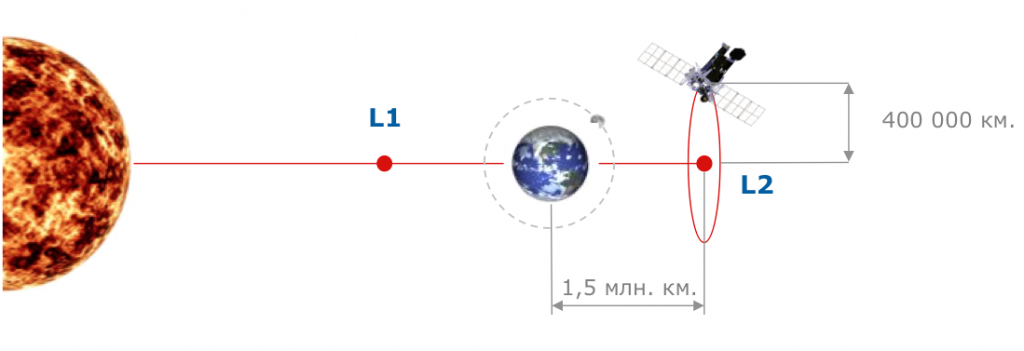
Operational orbit of the Spektr-RG observatory (c) Roscosmos/DLR/SRG
Operation schedule
- ~3 months after launch — cruise to L2, positioning, calibration and testing, test observations ✓
- 4 years — all-sky survey in 0.3–11 keV energy band
Suspended. Starting on February 26, 2022, under the decision of German side, SRG/eROSITA X-ray telescope was switched to a safe mode. Since early March 2022 Russian Mikhail Pavlinsky ART-XC telescope operates under a new observational program - 2.5 years — observations of selected objects and areas of sky in the harder X-ray range up to 30 keV in a 3-axis stabilization mode
Space weather monitor at Earth-Sun Lagrange point L2
Mikhail Pavlinsky ART-XC telescope bears X-ray detectors of unprecedented sensitivity. Ubiquitous ionized particles are harmful background for its operation, and the developers put many efforts so that the events, which are connected with such particles hitting the detectors, could be registered properly and sifted out.
On October 28, 2021, ART-XC detectors registered 4-times increase of the background, which was the result of a series of solar flares. After that, it was decided to create a monitor for large solar flares at Earth-Sun Lagrange point L2.
Radiation environment monitor at Earth-Sun Lagrange point L2 can be found on the web on https://monitor.srg.cosmos.ru (access free).
The curve represents the count rate of the detectors in the 60–120 keV energy range measured with all seven modules of the telescope. These data represent radiation environment only and is not affected by astrophysical sources. The data is displayed with a 24-hour delay.
Leading Organizations and Principal Investigators
- State Space Corporation ROSCOSMOS
- German Aerospace Center (Deutsches Zentrum für Luft- und Raumfahrt e.V., DLR)
- Lavochkin Association: leading organization from the Russian side for the ground and space segments of Spektr-RG (excluding scientific payload)
- Space Research Institute, Russian Academy of Sciences (IKI): leading organization from the Russian side for scientific payload
- Max Planck Institute for Extraterrestrial Physics (Max-Planck-Institut fuer Extraterrestrische Physik, MPE, Germany): leading organization from the German side for eROSITA telescope
- Mission Scientific Leader: Academician Rashid A. Sunyaev (IKI)
- Principal Investigator for ART-XC telescope: up to July 2020 Dr. Mikhail N. Pavlinsky (IKI); since October 2020 Prof. Alexander A. Lutovinov (IKI)
- Principal Investigator for eROSITA telescope (Germany): until 2020 Dr. Peter Predehl (MPE); since 2020 Dr. Andrea Merloni (MPE)
In Collaboration With
- Russian Federal Nuclear Center - All-Russian Research Institute of Experimental Physics, Sarov (RFNC-VNIIEF)
- NASA Marshall Space Flight Center, USA (MSFC)
- Institute for Astronomy and Astrophysics, University of Tübingen (Institut fuer Astronomie und Astrophysik, Universitaet Tubingen
- Leibniz Institute for Astrophysics Potsdam (Astrophysikalishes Institut Potsdam)
- Hamburg Observatory of the University of Hamburg (Hamburger Sternwarte, Universitaet Hamburg)
- Dr. Karl Remeis-Observatory of the University of Erlangen – Nuremberg (Dr. Karl Remeis-Sternwarte, Universitaet Erlangen-Nuernberg)
Main Mission Publications
- The Early Data Release of eROSITA and Mikhail Pavlinsky ART-XC on the SRG mission. Astronomy & Astrophysics
- First science highlights from SRG/eROSITA. Astronomy & Astrophysics
- SRG X-ray orbital observatory Its telescopes and first scientific results (by R. Sunyaev et al.). Astronomy & Astrophysics, 656, A132 (2021)
- Тематический выпуск, посвященный астрофизической обсерватории «Спектр-РГ» и телескопу ART-XC им. М. Н. Павлинского. Письма в Астрономический журнал, 2022, т. 48, №5 (.pdf, 128 Мб) (in Russian)
Websites
- Spectrum-Roentgen-Gamma Astrophysical Project, IKI High-Energy Astrophysics Department
- eROSITA, Max Planck Institute for Extraterrestrial Physics, Germany
- Астрофизическая обсерватория «Спектр-РГ», Lavochkin Association (in Russian)
Gallery
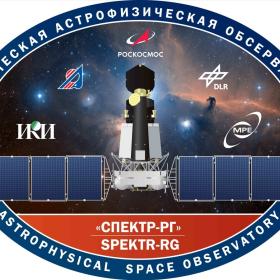

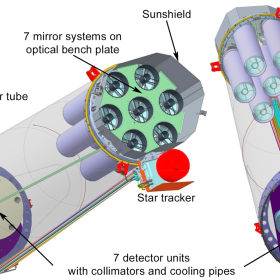

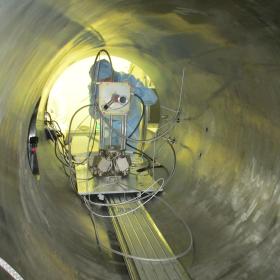
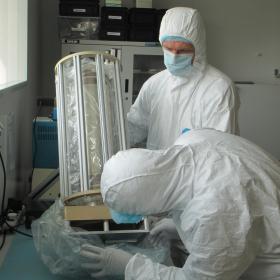
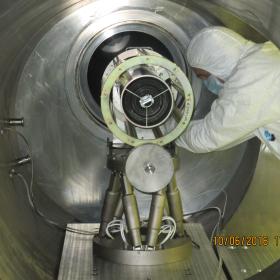

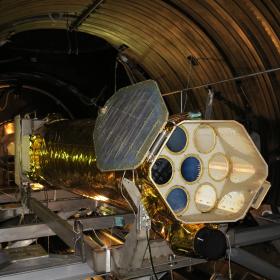

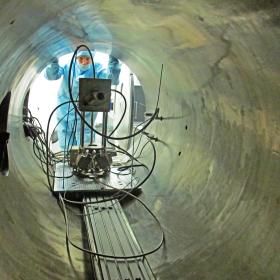
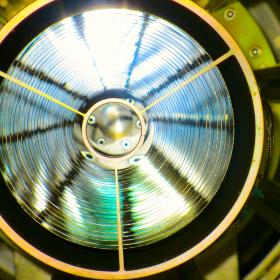
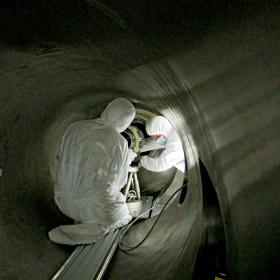
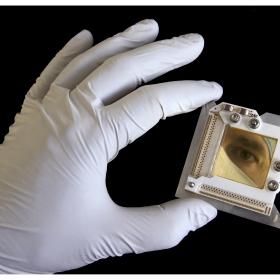
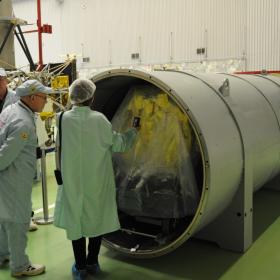
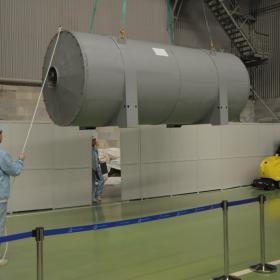
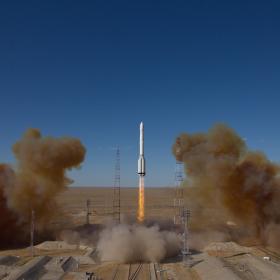
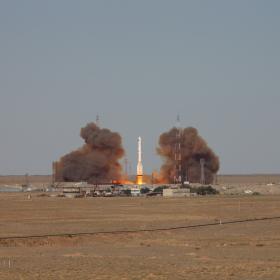

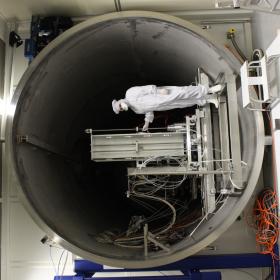
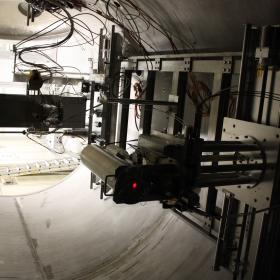
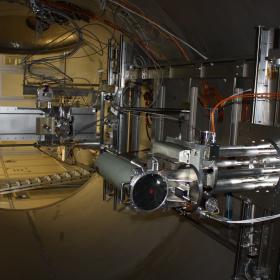
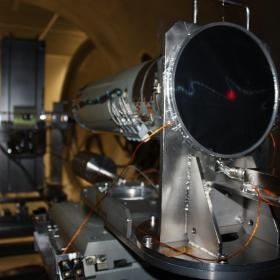
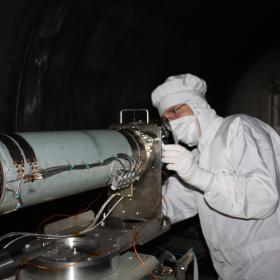
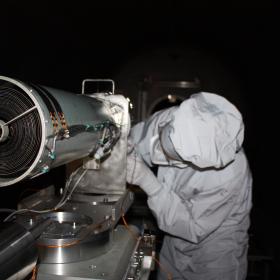
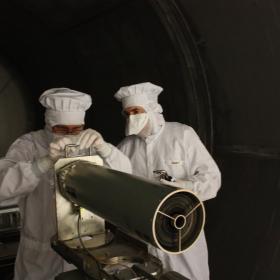
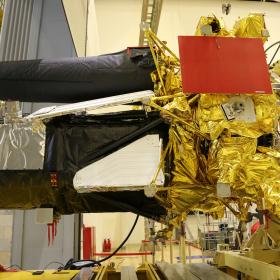
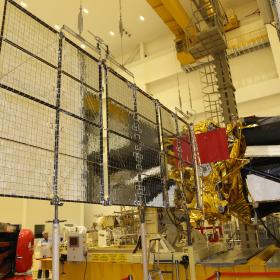

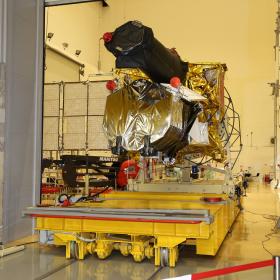

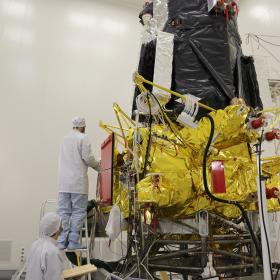
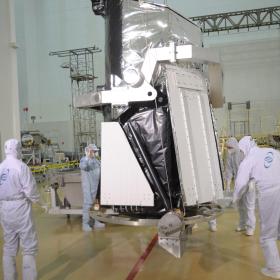

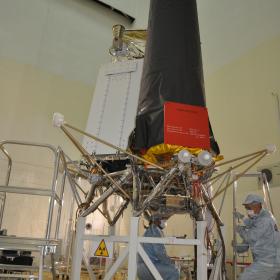
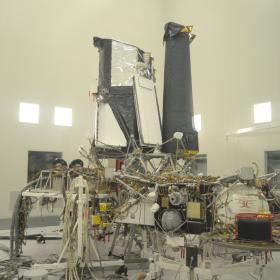
Status: in operation
Launch: July 13, 2019, 15:30 Moscow time, Baikonur, Proton-M/RB DM-03
Leading space agency: ROSCOSMOS
SCN: 44432
NSSDC ID: 2019-040A
Main website: Spectrum-Roentgen-Gamma Astrophysical Project

